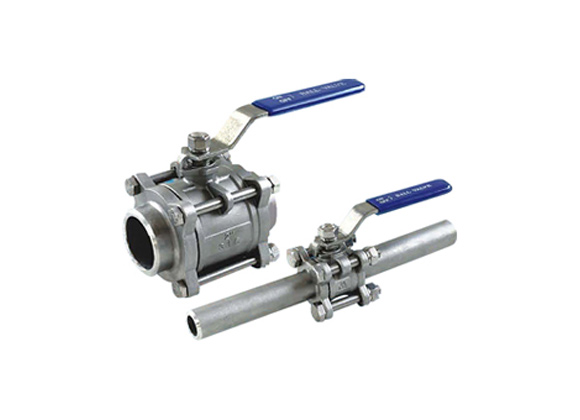ss butterfly valve
milwaukee butterfly valve
intake valve timing control bank 1
12 butterfly valve

When comparing butterfly valves and ball valves, it’s essential to understand the key differences between these two types of valves and their respective applications in fluid control systems.
Butterfly valves and ball valves are both popular choices for controlling the flow of fluids or gases in various industrial applications. Each type of valve has its unique design, operation, and advantages, making them suitable for different scenarios based on specific requirements.
Butterfly valves feature a disc that rotates around a central axis to regulate flow, while ball valves utilize a spherical closure element (the ball) to control flow. In terms of operation, butterfly valves offer quick quarter-turn operation, making them ideal for applications requiring fast response times. On the other hand, ball valves provide tight shutoff capabilities and precise flow control due to the full or partial opening of the ball within the valve body.
When it comes to flow capacity and pressure drop, butterfly valves typically offer lower pressure ratings compared to ball valves. Ball valves are known for their high-pressure capabilities and minimal pressure drop, making them suitable for applications where tight shutoff and high flow rates are essential. Additionally, ball valves are often preferred for applications requiring bubble-tight sealing, such as gas pipelines or high-pressure hydraulic systems.
In terms of cost and maintenance, butterfly valves are generally more cost-effective and easier to maintain compared to ball valves. The simple design of butterfly valves with fewer moving parts contributes to lower maintenance requirements and reduced downtime. On the other hand, ball valves may have higher initial costs but offer long-term reliability and durability, making them a preferred choice for critical applications where performance and longevity are key considerations.
In conclusion, the choice between butterfly valves and ball valves depends on specific application requirements, including flow rate, pressure rating, sealing capabilities, and budget considerations. Both types of valves have their advantages and are widely used in various industries for fluid control. Understanding the differences between butterfly valves and ball valves can help engineers and system designers select the most suitable valve type to optimize system performance and efficiency.
tri clamp butterfly valve
water butterfly valve